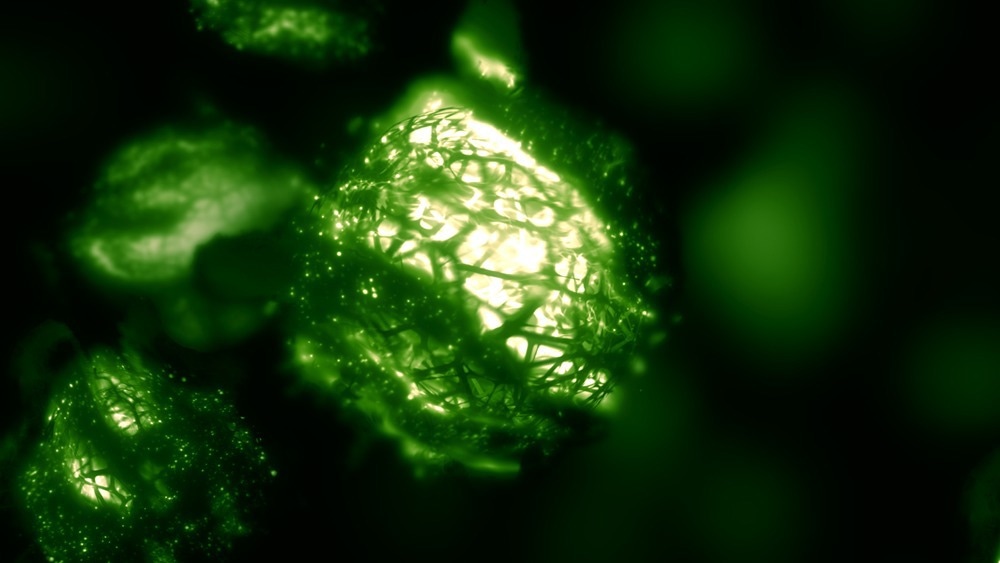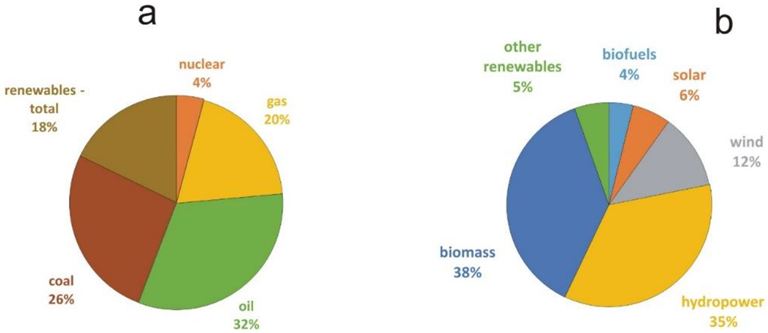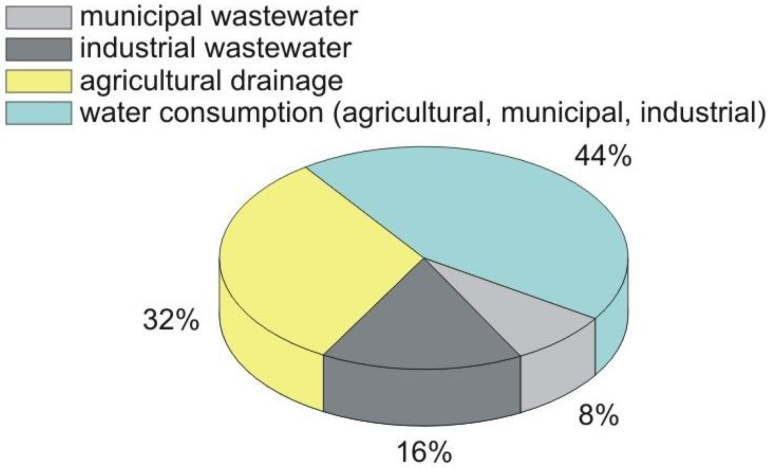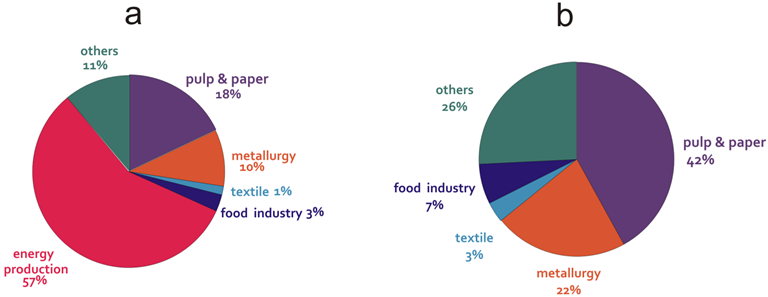In a paper recently published in the open-access journal Energies, researchers reviewed global industrial wastewater production and investigated the use of microbial fuel cells (MFCs) for the treatment of wastewater as an independent technology enabling substantial global-scale energy savings.

Study: Wastewater as a Renewable Energy Source—Utilisation of Microbial Fuel Cell Technology. Image Credit: remotevfx.com/Shutterstock.com
Background
Although there is a steady increase in global energy consumption, nearly 84% of all energy generated in the world is still derived from fossil fuels, the primary carbon dioxide (CO2) source. Presently, wastewater requires to be treated using energy-intensive methods. Wastewater comprises significant quantities of thermal and chemical energies, which are currently undervalued in traditional wastewater treatment methods.
The chemical energy contained within wastewater is commonly referred to as the chemical oxygen demand (COD), representing the amount of oxygen required for the oxidation of the wastewater organic matter. Anaerobic digestion (AD) is a very effective method of removing organic contaminants from wastewater (AD). Even though well-established water purification methods such as membrane filtration, adsorption, and distillation have been commercialized and are broadly utilized, their high energy consumption renders them unsustainable.
MFC technology allows direct energy generation in the form of an electric current from wastewater. Therefore, this process can be a more environmentally sound substitute for AD. Unlike AD, which requires temperatures over 30 °C, MFCs function across wide COD loading and temperature ranges. Furthermore, stable power output can be achieved by AD in months, whereas MFCs require only a few days. However, MFC technology has laboratory-scale limitations due to its inability to provide adequate power density, which becomes a commercialization obstacle.

(a) Global production of energy in 2019 and (b) global production of energy from renewables in 2019. Image Credit: Toczyłowska-Mamińska, R et al., Energies
Municipal and Industrial Wastewater Production
As reported by the United Nations Educational, Scientific, and Cultural Organization (2017), the total annual water extraction was expected to be 3,928 km3, of which 24% came from industrial and municipal wastewater production. Municipal wastewater is typically treated using activated sludge (AS), which employs microorganisms to break down the organic matter in aerobic conditions. On a worldwide scale, it was estimated that the treatment of municipal wastewater had an energy requirement totaling 300 TWh.
Industrial wastewater is comprised of effluents produced by numerous industries at all phases of production and associated operations. In 2019, around 630 x 109 m3 of industrial wastewater was produced, accounting for 16% of the world’s total water usage. Similarly, AS is the preferred treatment method for industrial wastes. However, AS frequently needs more sophisticated treatment procedures when inadequate efficiency is achieved, particularly for wastewaters with considerable COD loadings. When treating extremely polluted wastewater, the most potent electrochemical treatments can use up to 153 kWh/m3.
Furthermore, water is also used in the energy generation business for the extraction of fuel, processing, cooling, transportation, and purification in power plants. One barrel is anticipated to produce 10 barrels of wastewater. In industrial manufacturing, the P&P business produces up to 123 x 109 m3 of polluted wastewater every year. This is followed by the textile industry, which utilizes the most water per tonne of product, 90% of which is wasted. Each tonne of steel produced is accompanied by wastewater generation of 26.5 m3. Europe's food industry produced wastewater amounting to 3.7 109 m3. Water usage in the chemical industry might approach 50-100 L of wastewater for 1 kg of the finished product.

Global water use by sector. Image Credit: Toczyłowska-Mamińska, R et al., Energies
MFC Treatment of Wastewater
Since the power generated is low, on a scale of a few W/m3, MFCs are presently seen as a treatment method rather than a power generation system. Recent research, however, has indicated that power generation efficiency in MFCs has improved significantly over the years, approaching 1 kW/m3 in liter-scale reactors.
Moreover, it is commonly recognized that MFCs must have a power density of 1 kW/m3 in order to be considered self-sufficient. However, present power densities may be competent enough to achieve energy self-sufficiency because MFCs utilize just one order of magnitude less COD than AS during the treatment of wastewater. Several studies on real and synthetic wastewater indicated that, unlike the AD process, MFC technology could be self-sufficient since the energy produced during the treatment fulfills the complete energy requirements for the system's operation.

Global (a) industrial wastewater production and (b) manufacturing industry wastewater. The estimations are based on the statistical data of water use and production volume for various industrial sectors. Image Credit: Toczyłowska-Mamińska, R et al., Energies
Conclusions
To summarize, the researchers evaluated the potential of globally generated wastewater as a renewable and valuable energy source. MFC technology exhibited the potential for energy recovery from several wastewater types. Furthermore, key advantages of MFC-based wastewater treatments were also highlighted.
The considerations indicated that global energy generation could total ca. 900 TWh using MFCs, but only when efficiencies of 1 kWh/m3 of wastewater are attained. According to the authors, this study demonstrated the potential of MFCs in wastewater utilization as a novel renewable energy source. It is also essential to intensify research to further develop MFC technology that may provide a green route to the future in energy.
Disclaimer: The views expressed here are those of the author expressed in their private capacity and do not necessarily represent the views of AZoM.com Limited T/A AZoNetwork the owner and operator of this website. This disclaimer forms part of the Terms and conditions of use of this website.
Source:
Toczyłowska-Mamińska, R.; Mamiński, M.Ł. Wastewater as a Renewable Energy Source—Utilisation of Microbial Fuel Cell Technology. Energies 2022, 15, 6928. https://doi.org/10.3390/en15196928.